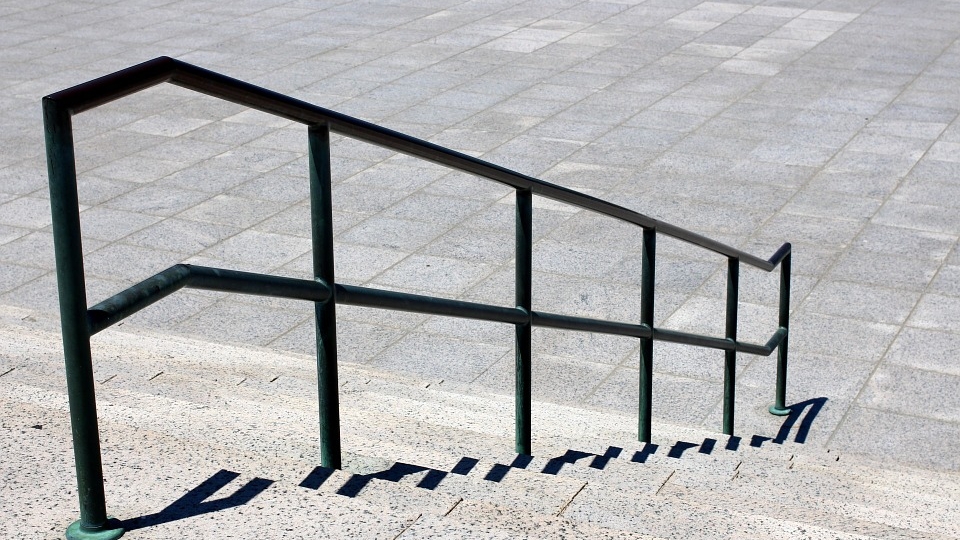7 Ways Urban Rooftops are Being Transformed
A 'green city' is often associated with parks, trees planted along streets, and designated bike lanes. Less often is the design of a rooftop included as part of the discussion. This is why it often leads to wasted space that is full of potential. In this article, we highlight 7 ways that the rooftop can transform from being traditional to being sustainable and valuable to the city.
Green Roofs
image © Wiki Commons
While rooftop gardens have slowly been springing up in cities, the act of green roofing which is the practice of planting vegetation on a building's roof or terrace - is still uncommon. This is surprising considering the numerous benefits they provide such as reducing air and pollution, providing urban biodiversity for wildlife, and improving the water quality.
Additionally, rooftop gardens are relatively simple to implement. The two most important elements for creating a green roof is the design and strength. A living roof can weigh up to 150kg per square meter. So it's very important to consider that before constructing the roof, alterations may have to be done to accommodate the new weight.
Once the roof can support the weight, the next step is to consider the drainage for the roof and moisture retention. You want to ensure that the roof won't be holding excess weight from a heavy downpour but you also don't want to have to continuously worry about watering the plants. So here is where a little balance is required to effectively have a garden that can be almost self maintained.
Choosing the appropriate plants for the rooftops is another step that takes careful consideration. Some of the most common choices include kousa dogwood, 'blue star' juniper, ajuga, and lavender . You can learn about additional plant types here.
Rooftop Farms
image © Wiki Commons
In recent years, green roofs have been expanding to include urban agriculture. The trend has been rising as urban dwellers are increasingly demanding more local produce. You're probably wondering how much produce can actually be harvested from a rooftop. Well, according to the U.N. Food and Agriculture Organization (FAO), urban farms already supply food to about 800 million people worldwide, producing an astonishing 15 to 20 percent of the world’s food. This is only anticipated to rise further as more companies adopt this trend.
Affordable Housing
With the demand of affordable housing rising, adding structures to rooftops seems like the next logical step. Over the past couple of years various architects such as Stéphane Malka, Simon Becker, and Andreas Rauch have proposed ways to add housing to rooftops.
Stéphane Malka proposes a prefabricated system called the '3box'. His vision is to construct houses on top of existing rooftops with minimal disruption to the existing structure. This means the unique positioning of each steel frame house supported by various beams that connect it to the rooftop.
Differing from Stephane, architects Simon Becker and Andreas Rauch propose building prefabricated tiny homes directly on top of preexisting rooftops. The tiny houses would be able to accommodate two people and would only take up 250 square feet.
Either option appears to be highly beneficial for cities since most of them have unused rooftops to start. It's really just building regulations that would be preventative for this to take hold in the future.
Recreation Areas
image © GameTime
While playgrounds on rooftops are rather uncommon, they have become a solution for some urban schools that have issues with overcrowding. A few schools that have implemented a rooftop playspace include . Above is an example of a project completed by GameTime that allows children at a school in Los Angeles to play on a playground like any other child.
Solar Power
The current rate that electricity increases annually is over 10%. While to some this increase rate seems minimal, others have turned to solar power panels as a more feasible way to obtain hydro. Companies are also starting to invest in solar power with Tesla being one of the more recent companies to enter the competitive market.
Rainwater Collection systems
image © Wiki Commons
As a way to preserve and reuse water, some have chosen to implement a rainwater collection system on their rooftop. The water that is collected is then used for drinking water, domestic use, and income generating activities.
Rooftop Pool
image © Pixabay
Following the theme of water, a recent trend for rooftops is adding a pool. Just this year, we’ve seen the installation of two unique pools. First was the Sky Pool which is the world’s first pool feature a glass bottom suspended 40 storeys in the air. Second, was Singapore's Rooftop pool which is the largest pool at its elevation. Though these two pools are currently record holders, we can predict that it won't be for too long as the trend prevails.
cover photo © Pixabay











